

 Culture & Adventure
Culture & Adventure


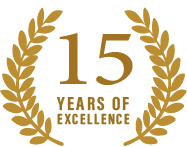
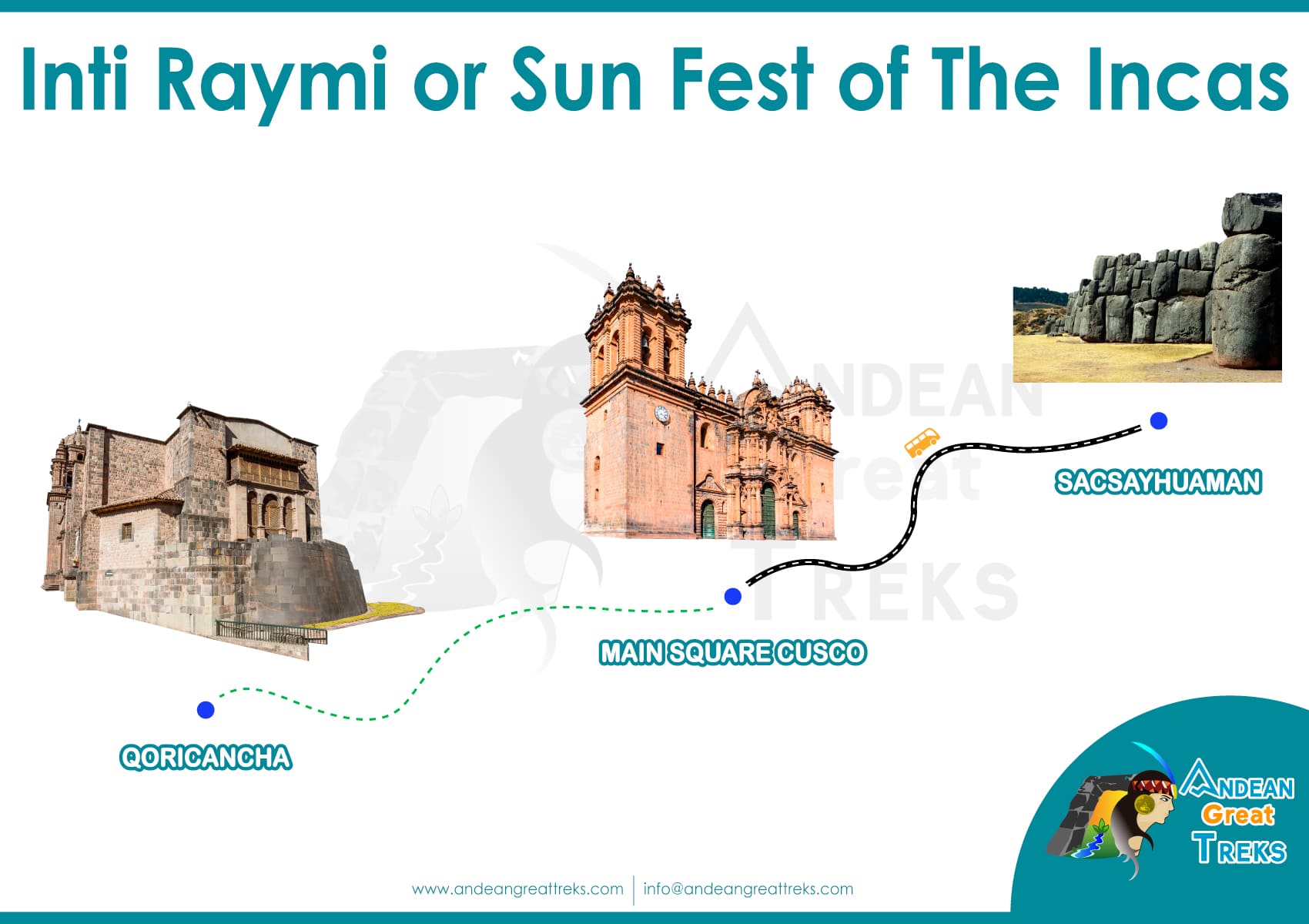 trip overview
included
trip highlights
activities
accommodations
itinerary
packing list
faq
essential trip information
best season to travel
price & availability
reviews
Reserve Online
trip overview
included
trip highlights
activities
accommodations
itinerary
packing list
faq
essential trip information
best season to travel
price & availability
reviews
Reserve Online
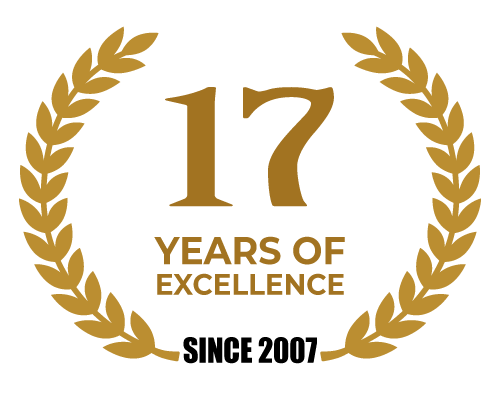 CREATING AUTHENTIC TOURS IN PERU
CREATING AUTHENTIC TOURS IN PERU

Be part of the tour of the INTY RAYMI or fest of the sun, in the capital of the ancient empire of the Incas, the fest of the sun is a staging of the ritual ceremony of the Incas to the sun god. It takes place in the city of Cusco on June 24 of each year. Our company will organize a tour with the best local guides with extensive experience in the Inca culture. In the Inti Raymi or festival of the sun you can learn more about the rites, songs, clothes and dances of the Incas during their maximum power. This tradition is unique since it only takes place once a year. Make your reservation in advance since the spaces are usually sold out very quickly, you just have to fill in your personal data and make a reservation deposit.
The tour begins with the pick up at your hotel in the city of Cusco at 8:00 am. Then we go to the temple of the sun “Qorikancha”, that is very close to the downtown. Once there we will settle on seats to appreciate the first ceremony of the festival of the sun, it is a greeting made by the Inca king to his main deity the “Apu Inti P’unchao”, in which the 4 “Suyos” or regions of the ancient Inca empire will participate. Then we will go to the Cusco square where the second ceremony awaits us, which consists of the offering of the sacred coca leaves, and the invitation to make the greatest cult of the sun in Peru, in the hills of the Sacsayhuaman. At 13:00 pm the third stage of the Inti Raymi will begin, in the great esplanade of Sacsayhuaman, we will have one of the best locations in the seats that are reserved in advance.In this sector the Inca emperor will begin the most important rites such as it is the greeting to the mountains and gods with the their sacred drink “chicha” is a kind of beer made of maiz, then the Sanqhu “Inca muffin”, and the lighting of the sacred fire. Finally it culminates in a party of joy and dance at 15:00 pm. Then you will be returned to your Hotel.
All the ceremonies will be accompanied by an expert guide in the culture of the Incas who will explain and translate everything that the priests and important people of the Inca elite speak, in the language of the Incas, Quechua.
 warm jackets
warm jackets
 Hydration bladder
Hydration bladder
 wool socks
wool socks
 camera
camera
 scarf
scarf
 first aid kit
first aid kit
 hiking shoes
hiking shoes
 Dry bags
Dry bags
 Trekking Poles
Trekking Poles
 sun cream
sun cream
 Snack
Snack
 sun hat
sun hat
 bathing suite
bathing suite
 rain coat
rain coat
 Sandals
Sandals
 insect repellent
insect repellent
 Passport
Passport
 Down Jackets
Down Jackets
 toilet paper
toilet paper
 daypack
daypack
 Wool cap
Wool cap
 head lamp
head lamp
 gloves
gloves
 sun glasses
sun glasses
 cap
cap
 extra cash
extra cash
 Trekking pants
Trekking pants
During the Inca era, Cusco was the scene of four great festivals, of which the most important was the Inti Raymi. This festivity had its first appearance with the Inca Pachacútec around 1430.
The Incas met every winter solstice in the imperial city to welcome the Sun god. On the night of June 21 to 24, the torches of Tahuantinsuyo were extinguished to wait for the sunrise, which on that day is at its peak. more distant from the earth.
At this time, up to 50,000 people came to Cusco from all over the empire to be part of the celebrations that lasted around 15 days. During these two weeks, all the attendees, including the Inca and his family, priests, nobles and other personalities of Tahuantinsuyo, met in the current Plaza de Armas. In this place dances were performed, chicha was drunk, coca leaves were burned and, according to historians, around 200 llamas were sacrificed in honor of the god Inti.
All these celebrations were held to thank said god for the year’s harvests and for everything facilitated on earth. Thus, on June 24, the Inca arrived at the Plaza de Armas to wait for the sunrise and toast with a glass of chicha, from which his family also drank and whose remains were thrown to the ground. After this, a pilgrimage was made to the Qorikancha temple, where the celebrations continued.
Due to the importance of this celebration, for the Incas, June 24 and the Inti Raymi festival marked the beginning of a new year.
The Inti Raymi or Festival of the Sun is a celebration that revalues the Inca tradition in the Andean regions, especially in the city of Cusco.
This festivity is based on the ancient Inca ceremony known as the Wawa Inti Raymi. This ancient ritual was established by Pachacutec in the 1430s approximately.
The objective was to reorganize the empire with the cultural subjugation of the conquered peoples. With the passing of time, this ceremony was prohibited by the Spanish conquerors.
Since 1944, the city of Cusco celebrates this festival as a vindication of the Inca culture and as a tourist attraction. Although this festival is also celebrated in Ecuador and other Andean regions; Today is one of the main festivities in Peru.
Inti Raymi history dates back to the start of Tawantinsuyu, the Quechua term for the Inca Empire. Inti Raymi was the most important Incan festival as it was their New Year celebration. The festival celebrated the return of the sun (Inti) during the winter solstice, and the connection of the Sapa Inca with his people. In the old days, the festival involved many human and animal sacrifices, but the modern revival emphasizes symbolic offerings of figurines and effigies. These offerings were to please the Inti at his farthest point from Earth, and convince him to return to give life to the land.
The Inti Raymi was established by Pachacuti Inca Yupanqui, the ninth Sapa Inca and one of the greatest conquerors in the empire. Pachacuti took the small kingdom centered on Cusco and built it into a massive empire that stretched across the Andes. In 1412, to celebrate his accomplishments and solidify his position as the son of Inti, he threw the first Inti Raymi celebration alongside his wife, who symbolized the legendary Mama Ocllo.
The last official Inti Raymi of Tawantinsuyu was held by the doomed Inca Atahualpa in 1535, the year before the Spanish conquest.
The first three days of the festival began with a massive procession from the Inca Temple of the Sun, Coricancha (now the Catholic Convent of Santo Domingo), through the city of Cusco, the Inca Capital to the fortress of Sacsayhuaman. Workers would run ahead of the procession, sweeping the road and covering it with flowers so it would be clean and soft for the feet of the Sapa Inca’s entourage. At that time, there was a massive golden tower at Sacsayhuaman that the Inca would climb to address the people of the empire. The priests of Inti would bless the people, and the procession would return to Cusco.
On the fourth day, the middle of the festival, as many as two hundred Llamas and Alpacas were sacrificed. In times of trouble, such as earthquakes or plague, two children from each of the four regions of the empire were sacrificed as well. The entrails of the black llamas would be examined by priests for omens of the upcoming year. Two large, fine golden goblets of the best chicha would be poured. One would be given to Inti, and poured into a jar that sat in the temple, and the other would be first sipped by the Sapa Inca who then passed it around among the nobility to solidify the bond of loyalty between ruler and subject.
In 1572, the Inti Raymi was prohibited by the Spanish viceroy Francisco de Toledo as it was considered a pagan ceremony and contrary to the Catholic faith, although it continued to be celebrated clandestinely. The Catholic church, with the support of the Spanish Empire, banned the festival, though it continued undercover and in remote areas where the Spanish and the Church held little power. In areas where the church was more powerful, the Festival of the Sun was merged with the feast day of St. John the Baptist, and celebrated in a guise that was acceptable to the priests and conquistadors.
The holiday was revived in 1944 by Faustino Espinoza Navarro, a Quechua writer, actor and director, who revived the celebration in Cusco as part of an effort to restore the pride and identity of the Quechua people. Navarro himself portrayed the Sapa Inca for twelve years, before handing off the role to a successor handpicked for eloquence, dignity and grace. Today the yearly celebration, performed in Quechua, draws thousands of tourists from all over the world, and is South America’s second largest festival after Carnaval in Rio de Janeiro.
Formerly, on the opening day of the ceremony, very early in the morning the Inka would leave his palace on his way to the Haucaypata square, with a procession of more than 300 orejones, members of the Inka elite who bore that name because they wore large and striking earrings. of pure gold. They were not approached by anyone who was not of their blood. From this group came two choirs which sang back and forth.
In Inca times, up to 50,000 people came to Cusco from all over the empire to be part of the celebrations, which lasted around 15 days.
After opening the party in the center of the capital, the Inka moved his residence to Manturcalla or Matucalla and stayed there until the end of the month and when that time was over he came to the square that is in front of the Cuzco square called Aucaypatá (currently known as Rejoice).
Formerly the Inti Raymi lasted several days and began with the winter season. Today it lasts about 7 hours.
Today, its main feature is the representation full of color and history of the ancient Inti Raymi ceremony.
This staging is performed by hundreds of actors with typical clothing of the Incas. The main role is played by the high priest Willaq Umo, the Inca nobility, the Inca and his wife the coya.
In addition, there are personifications of the Inca’s entourage, his delegates from the four of his own or corners of Tahuantinsuyo. This staging lasts 1 day, in which the entire ‘Imperial City’ lives the Sun Festival with joy.
The objective is to revalue the culture of the Inca ancestors as well as motivate tourists to visit Peru. Every year the participation of more than 700 artists on stage and more than 100 thousand spectators between tourists and locals is expected.
On June 24 of each year, Cusco celebrates the Inti Raymi. This date is due to the fact that it coincides with the Day of the Farmer.
In Cusco, that date was declared a holiday. June is considered the jubilee month of Cusco, not only because of the celebration of this festival but also because of the famous Corpus Christi.
The staging takes place in 3 specific sites in Cusco with great historical significance:
Coricancha : The Temple of the Sun or Coricancha, from the early hours of the day, begins the Festival of the Sun. This representation takes place in the so-called golden garden. It begins with the appearance of the Inca. The first rituals offer coca leaves, llamas, alpacas and more. The staging is free. You should only approach El Sol avenue from the first hours of the day. The staging begins at 09:00 a.m. and lasts 45 minutes on average.
Plaza de Armas: The historic center of Cuzco is the nerve center of the celebrations of the Fiesta del Sol. The Plaza de Armas is cordoned off. The Inca is carried on a litter by eight servants and performs the so-called Coca Ceremony. There is a platform for tourists who purchased their ticket. However, most visitors have to stand and observe the staging of the ritual. The ceremony starts at 11:00 a.m. and lasts about an hour.
Sacsayhuaman: The Chuquipampa esplanade in the Sacsayhuaman fortress is the main stage for the Inti Raymi representation. This place enjoyed great importance during the Inca Empire. Today only public access with an entrance ticket is allowed. There are 3 platforms or grandstands equipped for tourists. The staging starts at 01:30 p.m. And it lasts almost two hours.
The Inti Raymi was a religious ceremony of the Inca Empire in honor of the god (Inti), one of the most venerated deities in Inca Religion. It was the celebration of the winter solstice and became an important festivity to the religious, ceremonial, social and political ambience that extended through the entire Tahuantisuyo (Inca Empire). After the Spanish conquest, the catholic church banned the Inti Raymi celebrations in the 1570s, pushing them underground and almost into obscurity.
The Inti Raymi Festival has been revived, and is among the most spectacular attractions of Peru. Every June, the city of Cusco prepares for the festival over nine days. The first several days are more about partying and celebration than ancient tradition, but the 24th June is when the real festival of Inti Raymi takes place. The downtown of Cusco is closed to traffic as actors, dancers, singers and other performers gather from all four suyu or “provinces” of the former Inca Empire.
The two most coveted roles are those of the Sapa Inca and his consort Mama Oclla. They are very carefully chosen from among the most talented and famous Quechua actors and performers to portray the dignity and grandeur of the emperor and empress.
After the performers have gathered, the ceremony begins at Coricancha, where the Sapa Inca addresses the rising sun. The Emperor and his entourage then begin a procession through the center of Cusco, following the ancient path laid down by Pachacuti Inca Yupanqui over 600 years ago.
The main ceremony takes place when the procession reaches the ruins of Sacsayhuaman. Here representatives of the four suyu report to the emperor about the state of the realm and reaffirm their allegiance. The Sapa Inca gives a speech to the people, and another to the Inti, the sun, at exactly 1:30 PM. Chicha, a kind of corn beer that was sacred to the ancient Inca, is passed from the Sapa Inca to his court.
Finally, after a few more rituals, a llama sacrifice is staged (no killing takes place) to appease the sun and ensure that the days begin to get longer again. Dances and performances are held, once again representing the native traditions and culture of the four regions of the ancient empire and its diverse people. Then the party winds down and everyone heads back to the center of Cusco for various after-parties and festivities.
First, there is a morning gathering at the beautiful, large garden of the Koricancha temple in Cusco City downtown, the most important religious place of the old empire, literally like the Vatican for the Catholics, where local actors wonderfully recreate the Inca court and the dignataries who traveled to Cusco. The Inca emperor himself commands gratitude and reverence to the Sun god (Inti in Quechua, their official language), protector of the empire, giver of light, warmth and life to all.
Second, from the Koricancha’s garden everybody except the emperor, who is carried on his throne, takes a very short walk to the Plaza de Armas (Main Square), where in Inca times stood the royal palace. There the ritual continues. A very typical part is the reading of coca leaves, for the Incas believed that they could make vegetal connection to the spiritual world, thus there were priests specialized in telling the future according to the leaves thrown many times. The priests then conducted a reading to find about the prosperity of the empire.
Third and finally, the Inti Raymi continues at the massive Sacsayhuaman fortress, just outside north of Cusco City. The Inca emperor leads over all the colorful ceremonies and dances, then addresses the crowd before the ritual sacrifice of a white llama, whose flesh and blood are given in offering to the Sun God and also to the Pachamama (Mother Earth) thus assuring a time of abundant crops, because the Inti Raymi, although on June 24th for us, actually marked the first day of the year for the Incas.
Of course nowadays the ritual sacrifice of the llama is only a show, no animal is harmed at all, but the actors really bring back the grand, mighty, solemn atmosphere of the Inca festival. And lastly, as it was in the old days, the Inti Raymi gets to a close with festive music played by a typical Andean band, on a procession down to Cusco City.
Don’t forget to bring a cap or a hat, sunglasses, sunblock and bottled water because the event is on open air. And of course bring your camera for amazing pictures! Currently, the Inca Festival of the Inti Raymi is conducted on three stages.
We will provide all guidance and support for your top Inti Raymi experience. Our professional guides have enough experience to get our customers the best positions to enjoy the Inca festival at any of the three venues, we provide the best native translators because all the celebration is spoken in Quechua, you will also need expert tour staff to explain the complex meanings of this ceremony. You can also take the chance to expand your good times here in Peru by booking a Machu Picchu tour or one of our top Inca Trails.
Inca religion was based on a worship of nature and the Sun was the main god. They firmly believed that all nature had a spiritual energy which needed reverence, so a series of rituals were developed. The Inti Raymi was perhaps the most important Inca festival back in the day, which celebrated the Winter solstice in this part of the world, when the Sun is at its lowest, closest to the Earth at noon. On our current calendar, the ritual is conducted every June 24th. All Inca people in Cusco City gathered, the royalty and priests carried on the liturgy and many offerings were made to the Sun: llamas’ flesh and blood, coca leaves and chicha (typical Inca brew). The mummies of the previous emperors were also taken in solemn procession. For more information about their spirituality, read the article regarding the Chakana or Inca Cross.
To have a good seat from which to see the staging ceremony of the festival of the sun in the ruins of Sacsayhuaman, you must book this cultural program at least one month before June 24th. In fact, the tickets for the Inti Raymi Festival are sold by EMUFEC, which is the company in charge of staging the most lavish festival since the time of the Incas. If you decide to buy the inti raymi tour with only a few days left before the date of the party, it is not guaranteed that you will access the best spaces.
Due to the popularity of Inti Raymi, you should book your Inti Raymi tickets in advance. You will be able to purchase your Inti Raymi tickets easily and safely and you will receive your official entrance ticket issued by the Municipal Organization of Cusco Festivities. If for any reason the festival is canceled due to covid restrictions, you will get a refund of the ticket or tour value less credit card processing fees which are approximately 3.6%.
The Inti Raymi, the festival of the Sun, takes place every year on June 24 and takes place in 3 historical and natural stages:
Here we attach the Inti Raymi seat map. The orange space is that you have the best vision, and that with which we organize this tour. Then there is the red color with a lower cost. And green, which is the most economical, but the ceremony is not adequately visible.

Want an in-depth insight into this trip? Essential Trip Information provides everything you need to know about this adventure and more.
View Essential Trip InformationThe best time to visit Peru is during the dry season, between May and November, when the weather is dry and bright, with more frequent rainfall occurring between November and April.
 JANUARY
JANUARY
 FEBUARY
FEBUARY
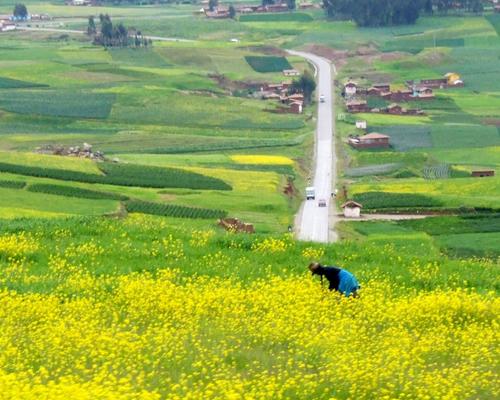 MARCH
MARCH
 APRIL
APRIL
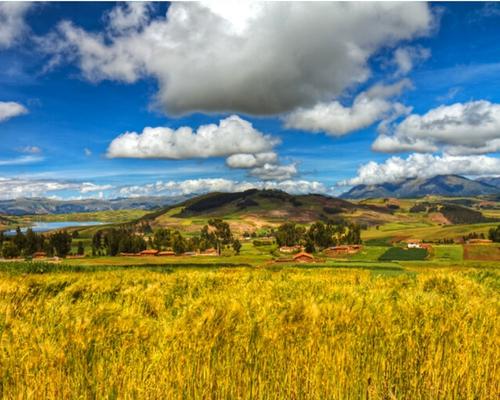 MAY
MAY
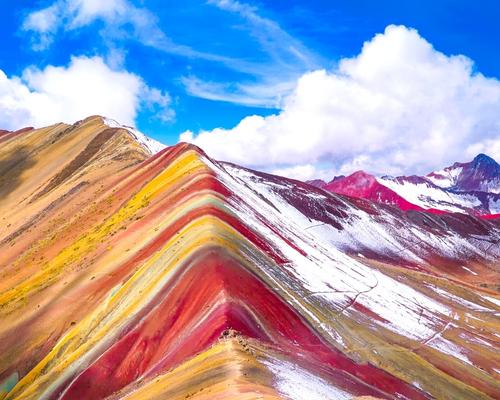 JUNE
JUNE
 JULY
JULY
 AUGUST
AUGUST
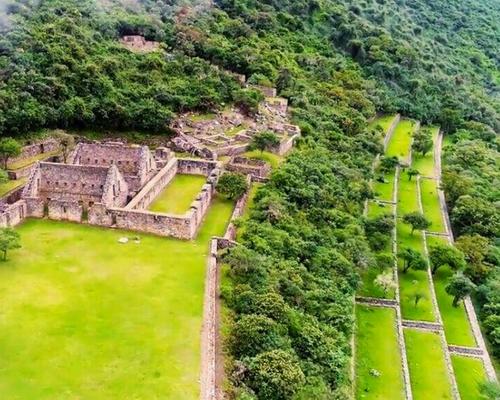 SEPTEMBER
SEPTEMBER
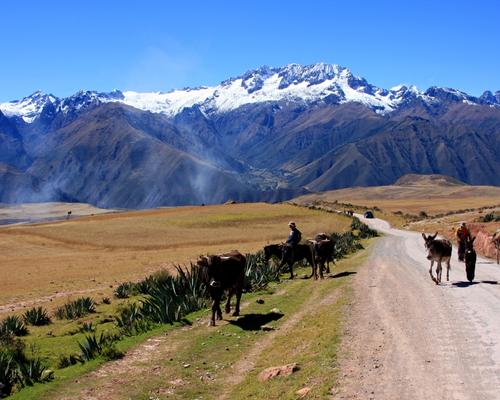 OCTOBER
OCTOBER
 NOVEMBER
NOVEMBER
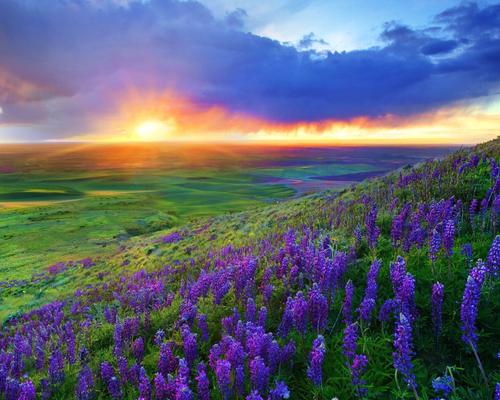 DECEMBER
DECEMBER
To book this tour, a minimum of $ 380 USD per person is required, the remaining balance will be paid upon arrival in Peru, at the Cusco office.
Any other additional information, please coordinate with your travel agent.
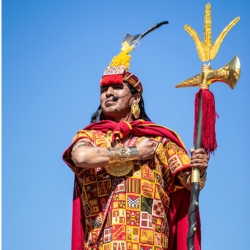

Nothing gets you closer to a country than walking through it, and we’ve got trips to suit walkers of all levels and interests.
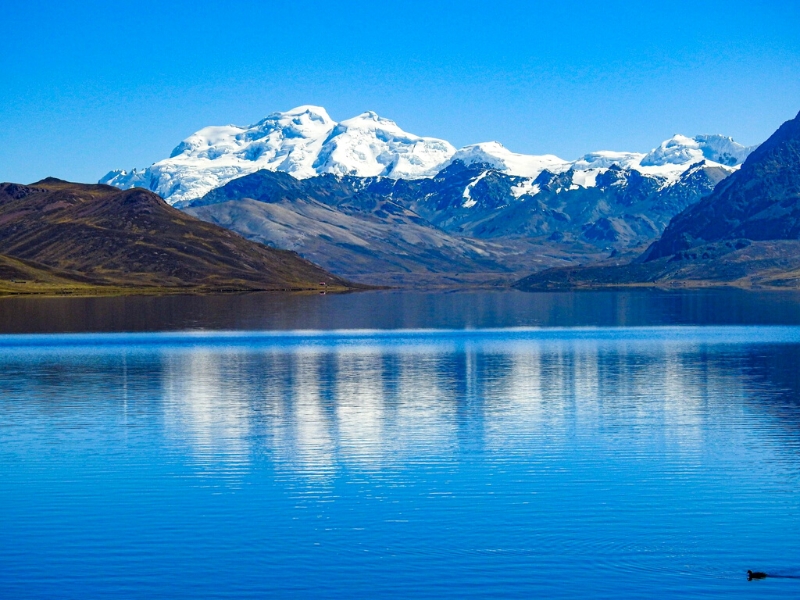
All our Walking trips are graded from ‘Easy’ through to ‘Challenging to Tough’. On our online trip itineraries you’ll find a chart showing the daily walk distances, timings and information on the route including the terrain, altitude. Generally, no specific training is needed but you might feel more comfortable if you’ve got out walking a few times in the lead-up to your trip.
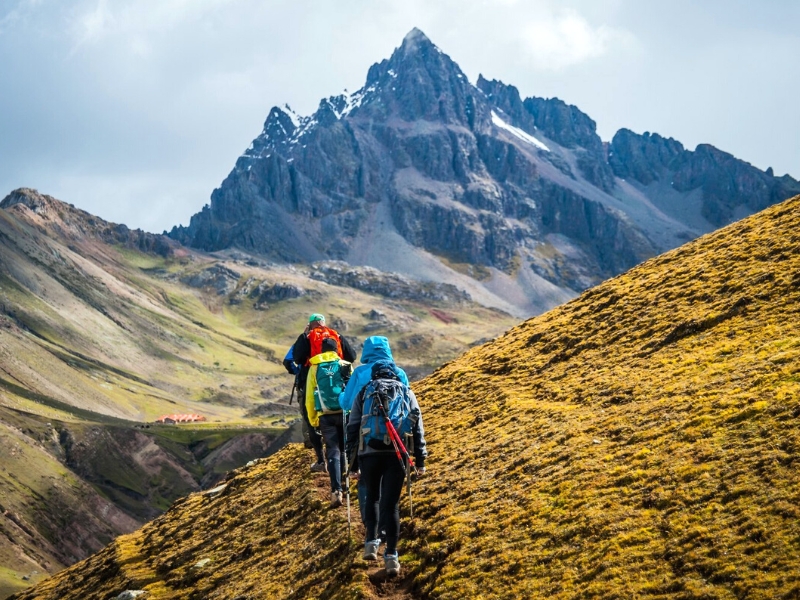
As with all our trips, every group is different but the ‘average’ group consists of roughly half couples and half solo travellers – all sharing a passion for exploring the world on foot. You’ll always have someone to keep you company along the route, but you don’t always have to walk together. Wherever possible your Andean Great Treks leader will allow everyone to walk at their own pace, regrouping regularly along the route.
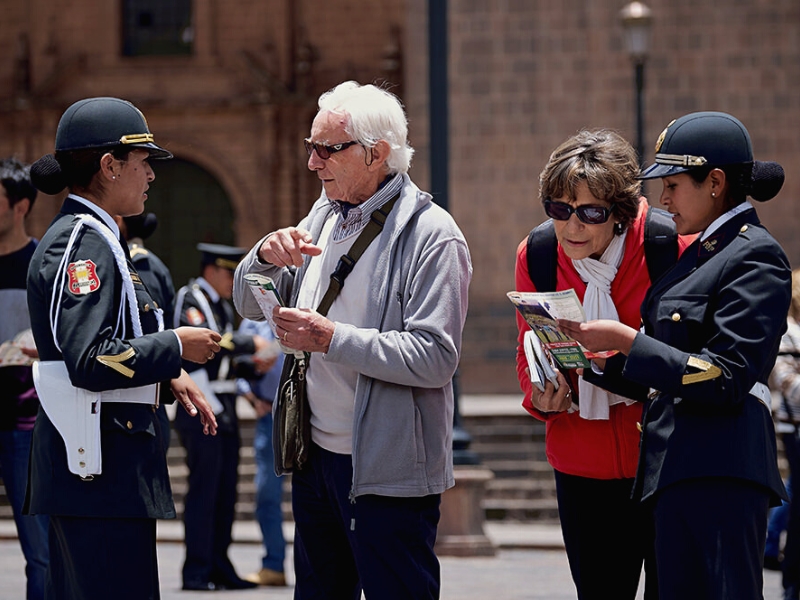
Like many other countries in developing destinations, the region’s beauty and uniqueness are countered by inequality and lack of investment. This has led to crime rates (mainly theft and scams) not being uncommon in the larger cities. We know this doesn’t sound very attractive, but it’s important to mention it regardless. Most experienced and well-traveled visitors will understand this well and not be too concerned. However, having said this, it is our duty to take care of you during your visit. That’s why we present you here with a few recommendations to be extra safe. Avoid walking alone at night on empty streets. Don’t flaunt valuables! If going for a walk or going on public transport, be sensible and avoid showing off expensive items such as expensive watches and jewelry. Be careful of pickpockets! Don’t leave your bags anywhere that doesn’t look safe, and make sure to take them with you.
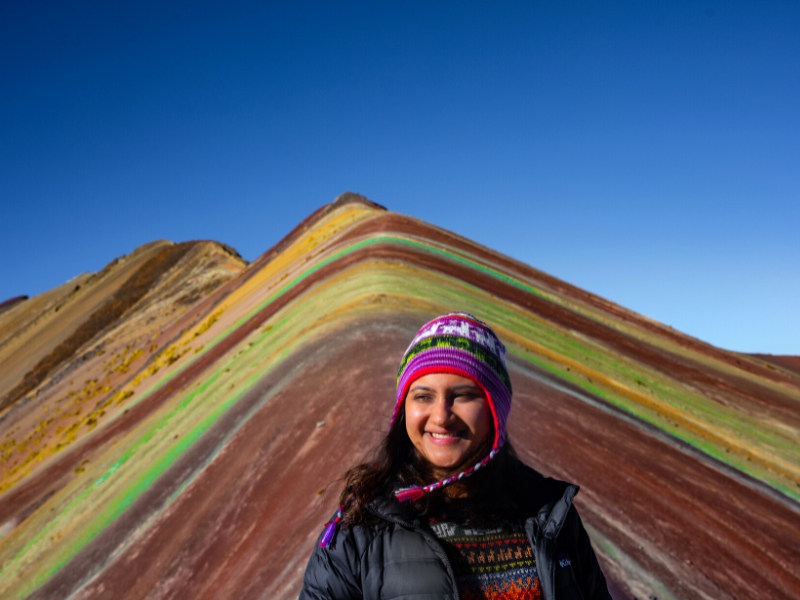
Soroche, or mountain sickness, is a reality for most people arriving in Cusco by plane from sea level and needs to be treated with respect. It’s vital to take it easy, not eating or drinking much on arrival, even sleeping a whole day just to assist acclimatization (coca tea is a good local remedy). After three days at this height most people have adjusted sufficiently to tackle moderate hikes at similar or lesser altitudes. Anyone considering hiking the major mountains around Cusco will need time to adjust again to their higher base camps.
If you do encounter altitude-related health problems, many hotels and restaurants have oxygen cylinders to help; alternatively, for serious cases, try call any of the clinics that are in Cusco, most of them have staff that speak English, for a greater facility in your attention it is recommended to have a travel insurance that covers medical expenses.
International flights to the capital city of Lima are plentiful but once there, you need to find a way to Cusco which is about 1100 km (684 miles) away. The quickest way to get to Cusco from Lima is to fly – it takes about 55 minutes. I don’t recommend traveling by bus because it takes about 24 hours – only do it if you intend to break the journey along the way, to visit other places.
Renting a car to travel from Lima to Cusco is not recommended. The roads are rough, and you could find yourself lost or face to face with one of the other dangers that come with traveling in unfamiliar territory.
The easiest way to explore the Sacred Valley from Cusco is on a guided full day tour that picks you up and drops you off from your hotel. The market in Pisac and Inca ruins in Ollantaytambo are the principal stops, though travelers with more time on their hands will find plenty more to see and do. It’s also possible to take a local bus or taxi into the Sacred Valley and do independent exploration.
Rainbow Mountain, or Vinicunca as it’s known by locals, has become a popular hike in the Cusco region. It’s possible to visit Rainbow Mountain in one (very long) day from Cusco or you can divide the trip into a two-day itinerary. While the hike isn’t very difficult and doesn’t have many steep inclines, Vinicunca is in a high elevation region (the highest part of the trail is 17,060 ft or 5,200 m) and you should spend time acclimating before starting the hike.
We are not afraid to say that Cusco is a place where every traveler ends up at least once during the trip around Peru, and it is hard to tell what is the right length of stay.
If your primary reason why to visit Cusco is to get to Machu Picchu, you still should spend here at least two days to acclimatize (despite the fact Machu Picchu is at a lower elevation than Cusco, some people still suffer from altitude sickness), and during this time you can explore the city and Sacred Valley.
From our personal experience, we think that the longer you can stay in Cusco it is better. Some travelers with limited time even revolve their entire itinerary around Cusco – this only proves how rich the city is in terms of sightseeing, architecture, and activities.
Cusco has so many things to see and do, not only within the city limits but mostly outside, that it is not a problem to spend here weeks. If you are flexible, sit down, and write down all one-day and multi-day treks you would like to do from Cusco, and you should get the optimal number of days for you.
There are so many things to see and do in Cusco and its surroundings that the city certainly deserves more than one day of your time.
To enjoy your days in Cusco the most, it is essential to choose the right accommodation. The good news is that Cusco has a great network of hotels for every type of traveler, from cheap hostels to luxurious mansions. That’s why your only job is to find a hotel in a location that suits you the best.
We recommend staying close to Centro Historico unless you want to stay away from crowds. We’ve selected the three best hotels in Cusco, so feel free to get inspired.
In recent years, Peruvian cuisine has gained popularity in the world’s culinary landscape, but for the freshest (and most authentic) specialty dishes, Cusco will not disappoint. Most Peruvian dishes carry big flavor not seen in other Latin and South American fare. You may have already tried popular dishes like ceviche (a cold dish of fresh raw fish with spicy citrus flavors) or lomo saltado (stir fried beef with fries). If you’re feeling a bit more adventurous, try Cuy (roasted guinea pig – yes, the American household pet) or charbroiled alpaca (also known as llama). Other delicious traditional dishes include adobo (a pork stew with corn beer), tamales, choclo con queso (boiled corn with local cheese) and the vegetarian stew capchi de setas. As far as vegetables go, Peru produces more than 4,000 varieties of potato, so you’ll find many dishes centered on them like papas a la huancaina (boiled potatoes with a spicy cheese sauce) and causa (a potato casserole with a variety of meat). Other staple veggies include corn and avocados. If your mouth isn’t watering yet, check your pulse.
For a taste of traditional dishes, head to PACHAPAPA or the award-winning CHICHA (visitors and locals recommend getting reservations well in advance). Peruvian cuisine often mingles with Asian influences, inspired by the culture brought by indentured servants and immigrants who came to Peru dating back to the original Spanish rule in the country. For a sampling of the Asian/Peruvian fusion cuisine, visit LIMO. If you’re really looking to splurge on a fine dining experience, try MAP Cafe. Located in the courtyard of the Pre-Columbian Art Museum in a glass shipping container, the fare is more contemporary Peruvian cuisine. You can also kick-start your day with coffee and breakfast at Jack’s Cafe, which serves breakfast all day. Many of the most popular restaurants are centrally located near Plaza de Armas.
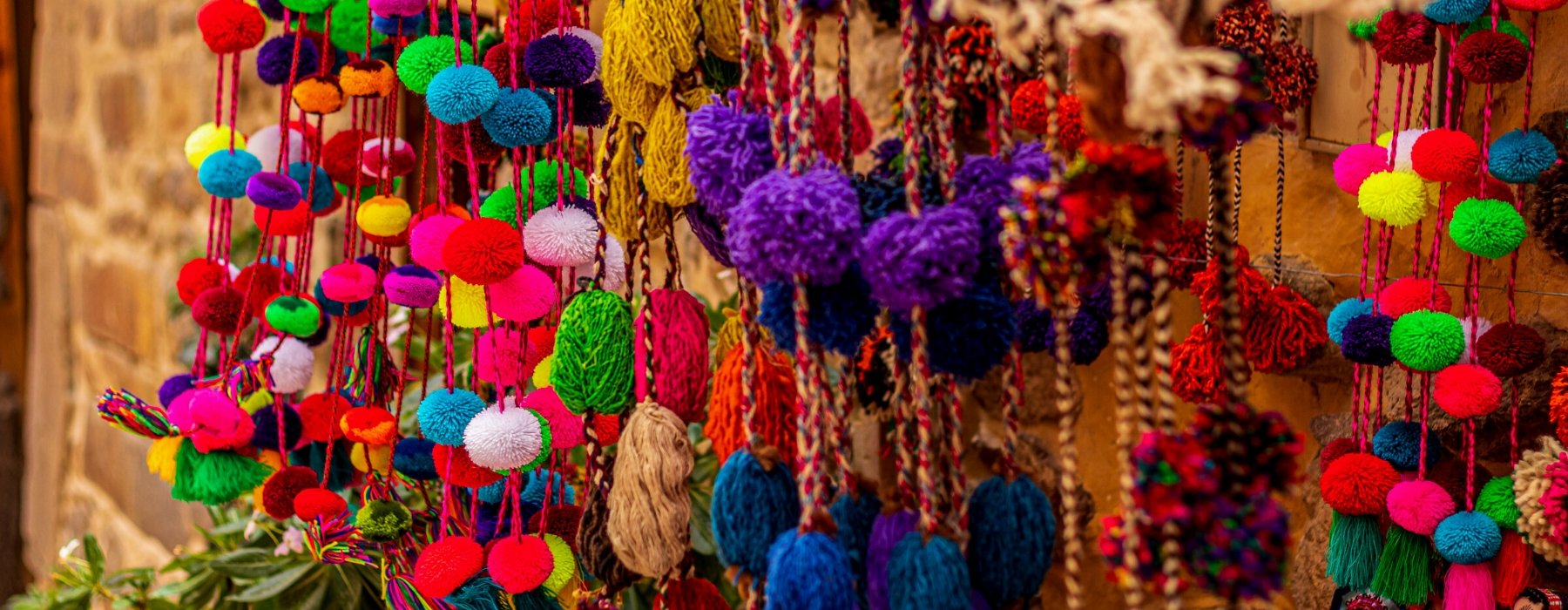
Every Andean Great Treks holiday has been thoughtfully planned and crafted by our specialists. They draw on their own extensive travel experience and the guidance and expertise of our local partners to create superb holidays. Our specialists are committed to making every aspect smooth and enjoyable; they genuinely want to ensure that the holidays they create leave you with wonderful lasting memories.
Every Andean Great Treks traveller is accompanied by an experienced tour guide, you will be immersed in Historic cities, ancient ruins and unfamiliar landscapes are all brought to life by our carefully selected local guides. They want to share their expertise and help you make your own discoveries too; their sole mission is to ensure you enjoy every moment.
Giving you the freedom to make your holiday even more memorable. We know how much our customers look forward to their holiday and we pride ourselves on the choice and flexibility that we offer to enhance every aspect of your experience. Whether it’s getting to the airport, upgrading your room or booking an additional excursion, we can help.

Our guides are the stars of the show; it is their unrivalled knowledge, passion and expertise that will transform your tour experience from good to truly extraordinary!
Because the have grown up in the area and know it like the back of their hand, so they can help you experience whichever aspects most interest you. They’re passionate about sharing their corner of the world with you, and as you explore together, they’ll open your eyes to the intricate details, provide background to enhance your understanding of what you’re seeing, and share stories that will bring everything to life.

“Your inspiration for a trip can be a single word or a highly evolved outline, but it’s the conversations we have that help us understand the experience you’re looking for. Meanwhile, I’m looking back on the time I spent at the destination.
‘The great thing about working with a specialist at Andean Great Treks is how they take your complete jumble of ideas and turn them into something absolutely spectacular.’
As you begin to share your ideas with your specialist, it will connect them immediately back to a time in their own travels. Conjuring a picture of the rest time they made that same discovery, reminding them how it felt.
Your specialist understands that, when the journey is right, it has the power to excite your emotions in the most profound ways after all, that was the effect on them.
They carry a treasure box of moments, captured over many journeys, into every suggestion they’ll share with you, as they ask you how you want to feel on your trip.

EXPERIENCES THAT CALL TO YOU
It’s what you do in a destination that helps bring it to life. It’s why we strive to choose experiences that help you connect to a place, absorbing a little of its complex character. Wherever your passions lie, we’ll recommend experiences that speak to you, and we’ll recommend the guide or local expert who’s most qualified to help you explore. Packing your holiday full of special experiences means some early starts and long days, but you can be sure that you’ll return home with many incredible memories! Read our Tours and check the Physical Ratings to see if the pace and activity levels are right for you.

STAYS WITH DIFFERENCE
We know that where you stay is a cherished part of your travels. So, we go to great lengths to find places to stay that exceed expectations, or go above and beyond the ordinary, whether in their character, hospitality, or location. Over the years, we’ve discovered the very best properties, trying and testing them, so we can choose the right one for you. We’ve nourished long-standing relationships with these establishments and the people who founded them, and we’ve stayed there many times often, we’ll even know which rooms have the best views (and reserve them for you).
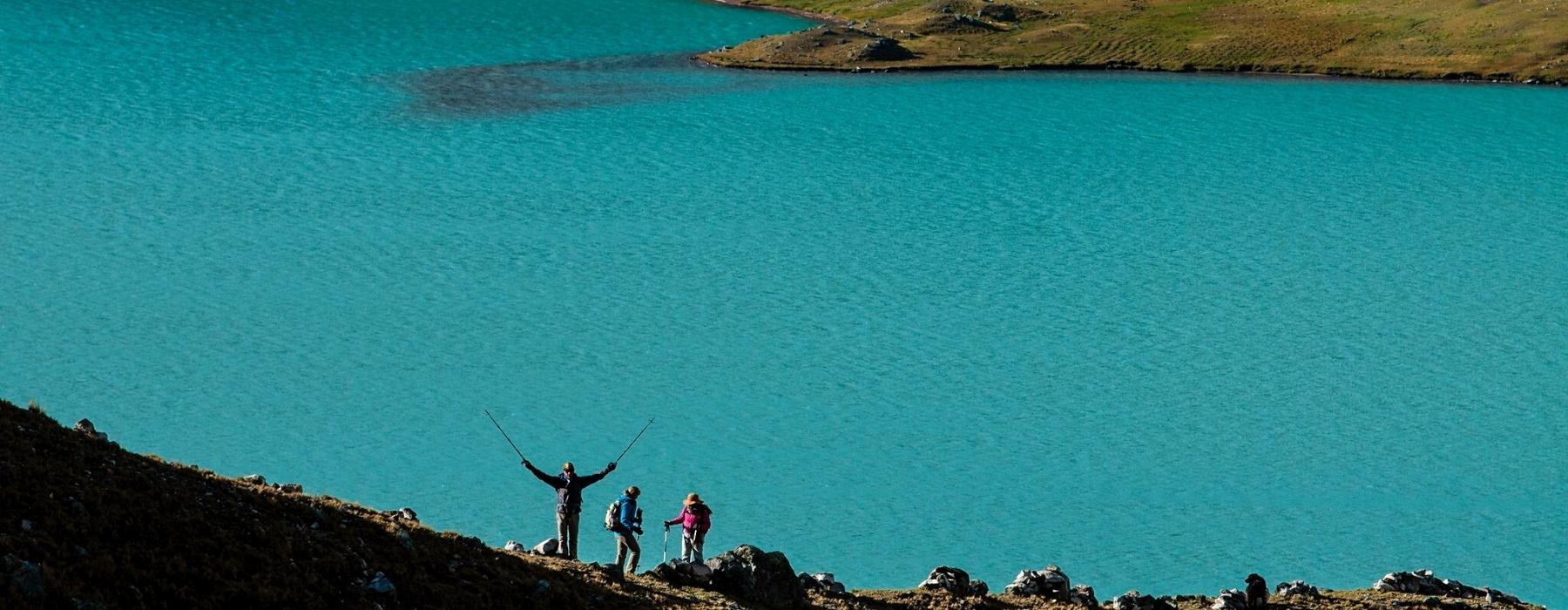
Our style of travel — authentic, thoughtful, and focused on building meaningful connections to the people and places you visit — is inherently respectful and considerate of the destinations we love. We design each aspect of your trip exactly as you want it, which includes its sustainability. That might mean choosing a train journey instead of a flight, staying at eco-friendly wildlife lodges, or opting for experiences that give back to the communities you’re visiting. The choice is yours.
Responsible travel has always been at the heart of what we do. First and foremost, because it gives you the best experience, but, also because it helps to preserve the communities and landscapes you visit. This isn’t new for us we collaborated with local communities and outside experts so we can grow to be better ambassadors.
The most authentic and interesting experiences often directly benefit the local people. We prefer to buy local products that are produced in the organic farms of the Sacred Valley, we also have alliances with local artisan organizations who provide us with souvenir items for our clients, your money directly benefits the local economy.
Our style of travel — authentic, thoughtful, and focused on building meaningful connections to the people and places you visit — is inherently respectful and considerate of the destinations we love. We design each aspect of your trip exactly as you want it, which includes its sustainability. That might mean choosing a train journey instead of a flight, staying at eco-friendly wildlife lodges, or opting for experiences that give back to the communities you’re visiting. The choice is yours.
Responsible travel has always been at the heart of what we do. First and foremost, because it gives you the best experience, but, also because it helps to preserve the communities and landscapes you visit. This isn’t new for us we collaborated with local communities and outside experts so we can grow to be better ambassadors.
The most authentic and interesting experiences often directly benefit the local people. We prefer to buy local products that are produced in the organic farms of the Sacred Valley, we also have alliances with local artisan organizations who provide us with souvenir items for our clients, your money directly benefits the local economy.
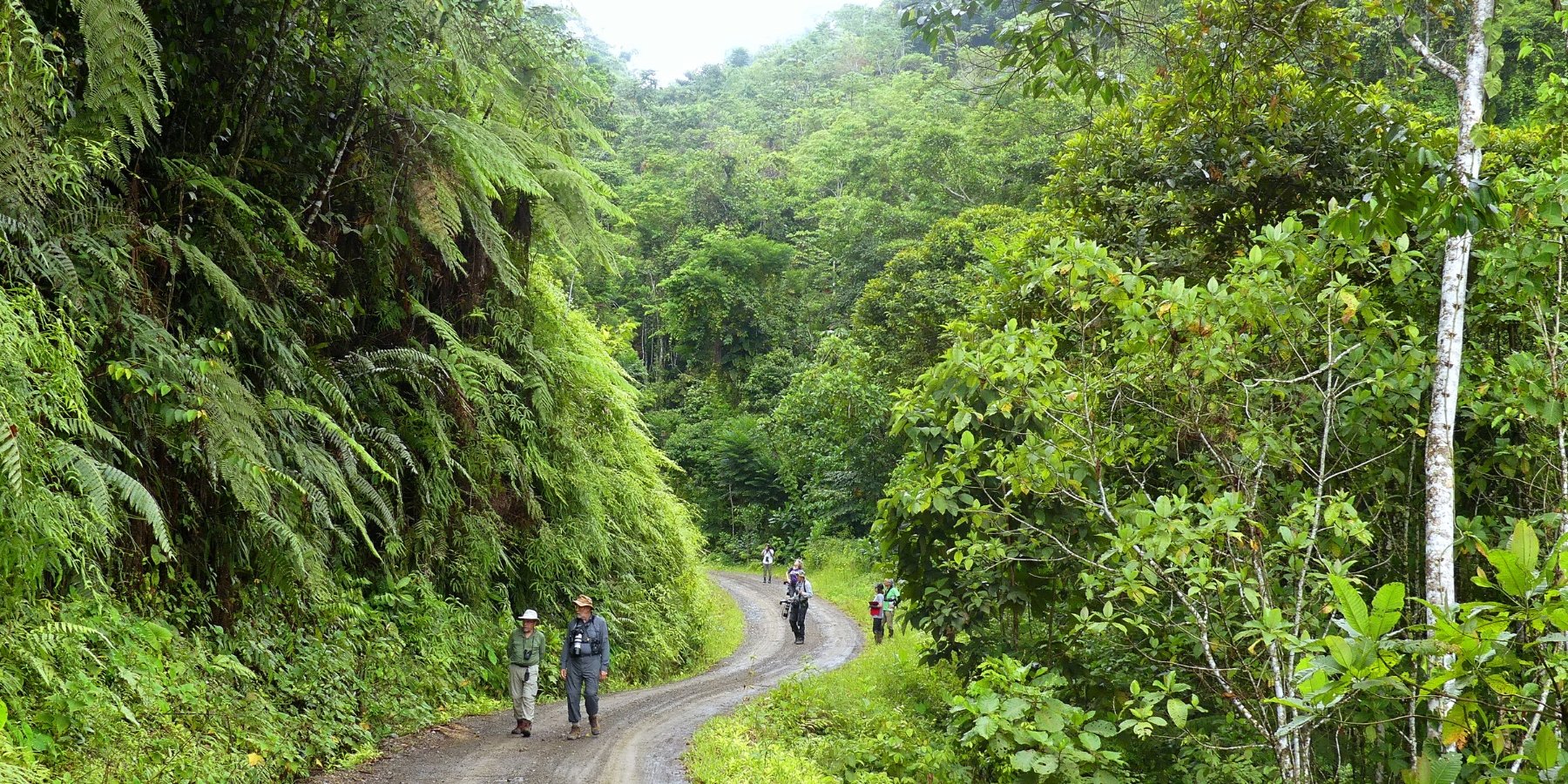
‘There’s a saying: we don’t inherit the Earth from our ancestors, we borrow it from our children. When we show you our country, this philosophy guides everything we do. It’s our responsibility to preserve the environment and wildlife, and support communities. That means using slower modes of transport, like cycling, employing local people, and working with communities who’ll benefit directly from your visit. This also gives you the best, most authentic impression of the places we want to share with you.
We prefer to buy local products in ecological bags, to avoid the use of plastic bags, likewise we teach the use of soaps and ecological products in each tour that we organize. We also work on reforestation projects with local communities who take care of landscape resources such as communal reserves, national parks.
‘There’s a saying: we don’t inherit the Earth from our ancestors, we borrow it from our children. When we show you our country, this philosophy guides everything we do. It’s our responsibility to preserve the environment and wildlife, and support communities. That means using slower modes of transport, like cycling, employing local people, and working with communities who’ll benefit directly from your visit. This also gives you the best, most authentic impression of the places we want to share with you.
We prefer to buy local products in ecological bags, to avoid the use of plastic bags, likewise we teach the use of soaps and ecological products in each tour that we organize. We also work on reforestation projects with local communities who take care of landscape resources such as communal reserves, national parks.

On top of a mountain in Cusco, Peru, there is an enigmatic Inca fortress that very few know about. The place has an overwhelming landscape, where gigantic stone formations stand out and its beauty is one of the most spectacular in the Andean world.
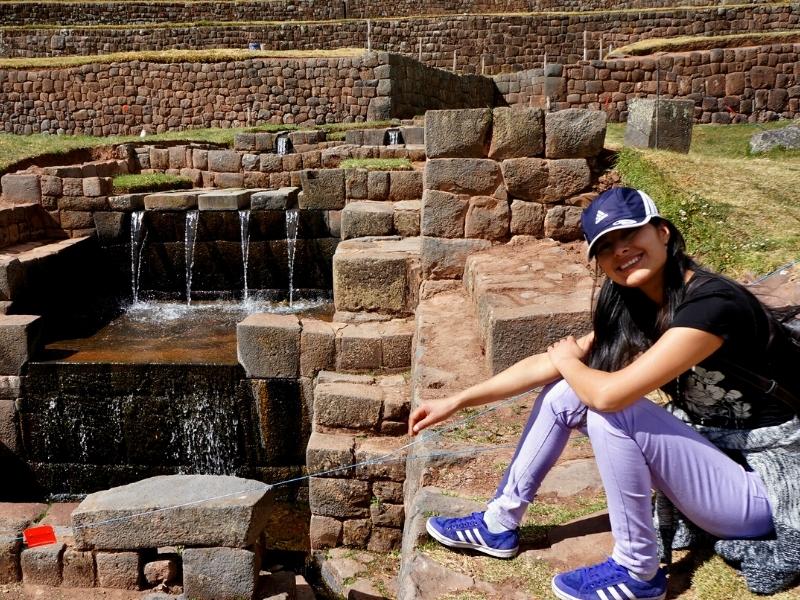
Explore the beautiful South Valley of Cusco, this circuit offers you to appreciate the hydraulic technology of the Incas, the ancient city of the Wari culture. The majestic Sistine Chapel of Andahuaylillas, in a half day tour with the best guides in Cusco.

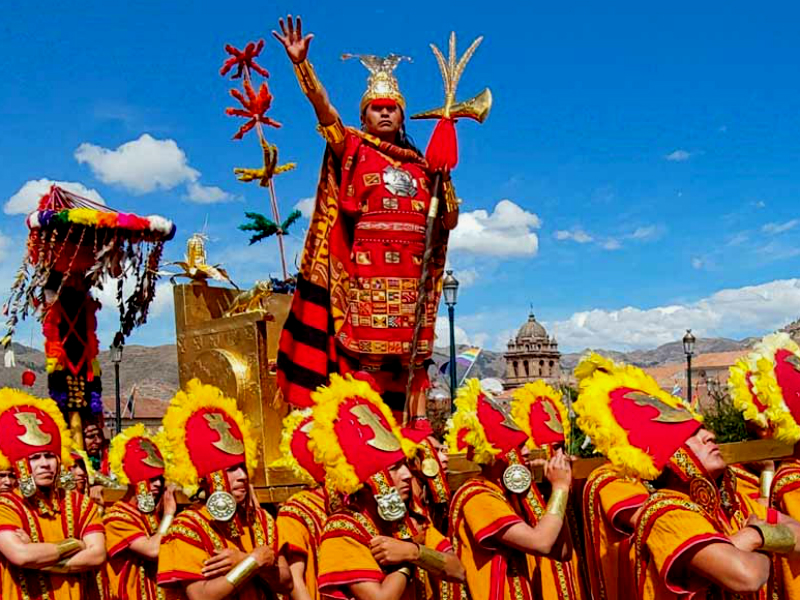
The Inti Raymi in Peru is a traditional religious festival of the most powerful god of the Inca civilization "Inti" (Sun). Each year on June 24th, The Inti Raymi festival is celebrated during the winter solstice. The festival is the most luxurious, large and colourful celebration performed in Cusco, like it was carried out on incas time.
